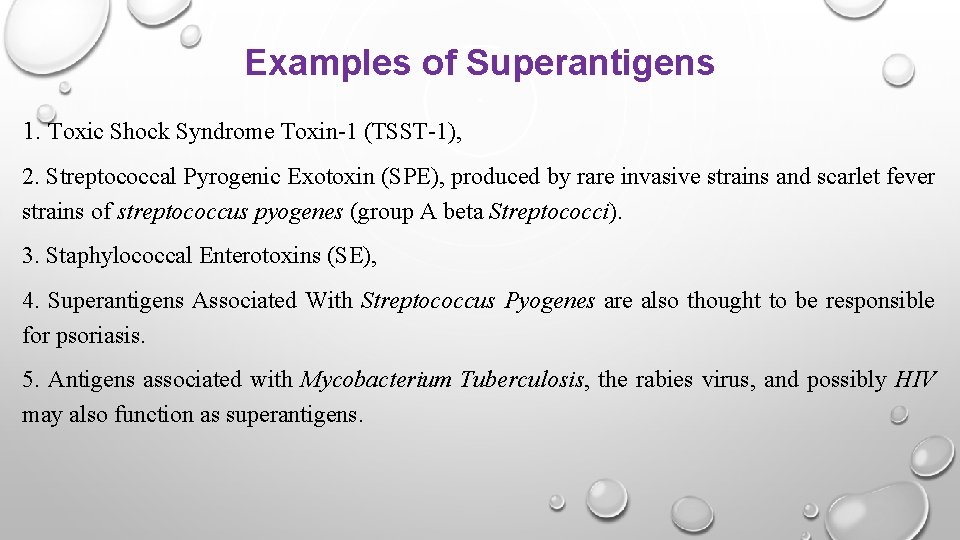What Does Staphylococcus aureus - Online Textbook of Bacteriology Do?


Are superantigens the cause of cytokine storm and viral sepsis in severe COVID‐19? Observations and hypothesis - Scaglioni - 2020 - Scandinavian Journal of Immunology - Wiley Online Library
Some Known Facts About Superantigen Toxins Attack the Body With An "Immune Storm".
This result is due to the capability of Droops to activate monocytic cells, promoting the release of the cytokine TNF-, resulting in increased expression of adhesion particles that hire leukocytes to contaminated regions. viral hepatitis infection in the lungs, digestive tissue, and any location that the germs have actually colonized. While percentages of inflammation are natural and valuable, excessive swelling can lead to tissue destruction.
This is accomplished by decreasing the threshold for endotoxicity. Schlievert demonstrated that, when administered conjunctively, the impacts of SAg and endotoxin are magnified as much as 50,000 times. This might be due to the lowered body immune system effectiveness caused by SAg infection. Aside from the synergistic relationship in between endotoxin and SAg, the "double hit" effect of the activity of the endotoxin and the SAg outcome in results more negative that those seen in a typical bacterial infection.
Diseases associated with superantigen production [modify] Treatment [modify] The main goals of medical treatment are to hemodynamically support the client and, if present, to get rid of the microbe that is producing the SAgs. This is accomplished through the usage of vasopressors, fluid resuscitation and prescription antibiotics. The body naturally produces antibodies to some SAgs, and this result can be augmented by stimulating B-cell production of these antibodies.

The role of superantigens in human diseases: therapeutic implications for the treatment of skin diseases - Leung - 1998 - British Journal of Dermatology - Wiley Online Library
Some Known Questions About Superantigen stimulation - Sanquin.

Artificial antibodies and peptides have been created to simulate SAg-binding regions on the MHC class II, obstructing the interaction and avoiding T cell activation. Immunosuppressants are likewise used to avoid T-cell activation and the release of cytokines. Corticosteroids are utilized to minimize inflammatory effects. Evolution of superantigen production [modify] SAg production efficiently corrupts the immune action, permitting the microorganism producing the SAg to be carried and transmitted unchecked.
Lussow and Mac, Donald showed this by systematically exposing animals to a streptococcal antigen. They found that exposure to other antigens after Droop infection stopped working to generate an immune action. In another experiment, Watson and Lee found that memory T-cells created by regular antigen stimulation were anergic to SAg stimulation which memory T-cells produced after a SAg infection were anergic to all antigen stimulation.
